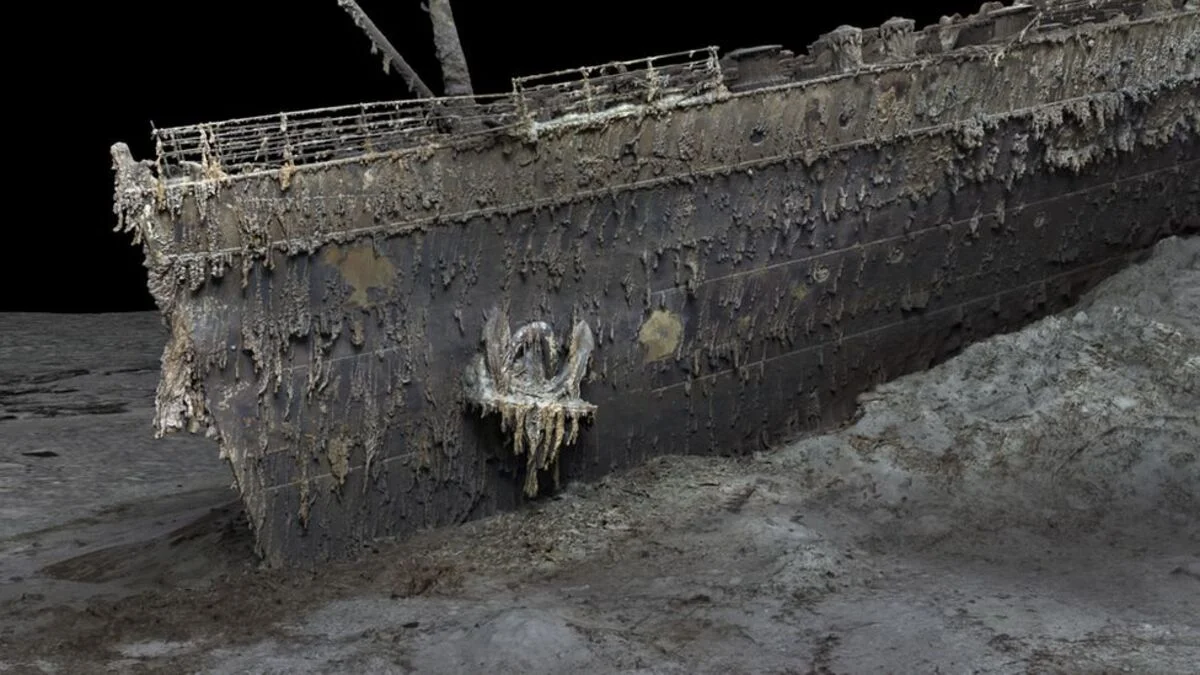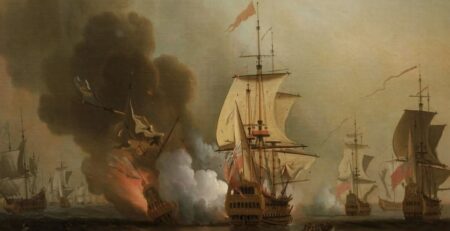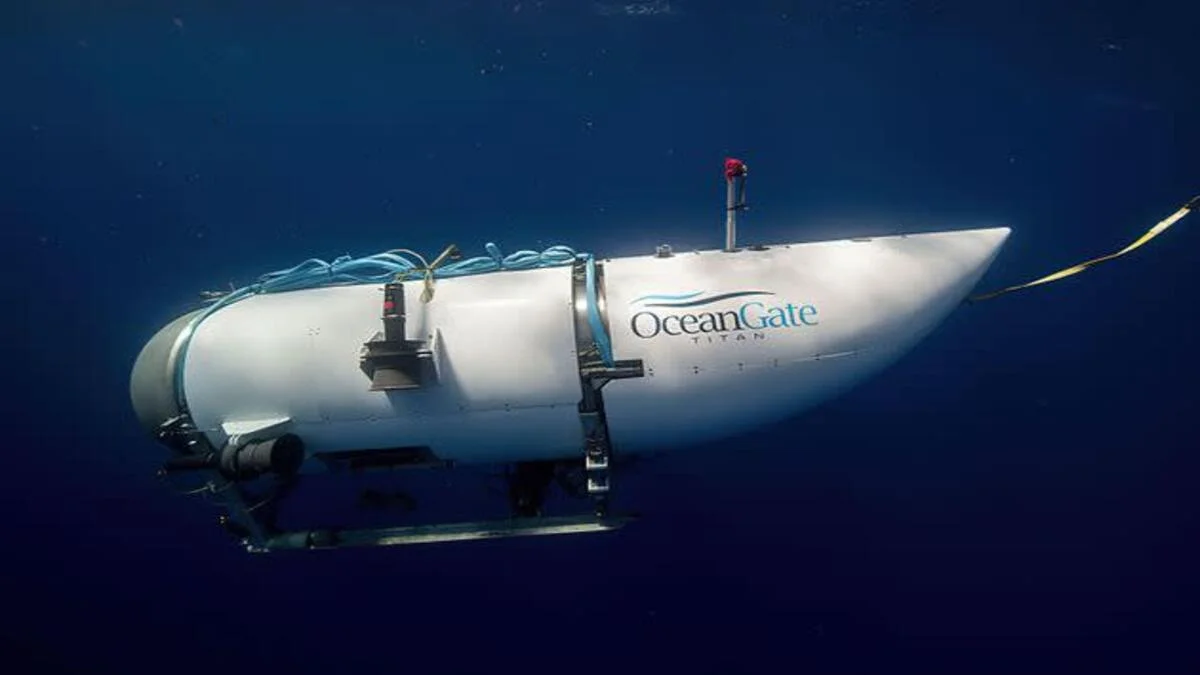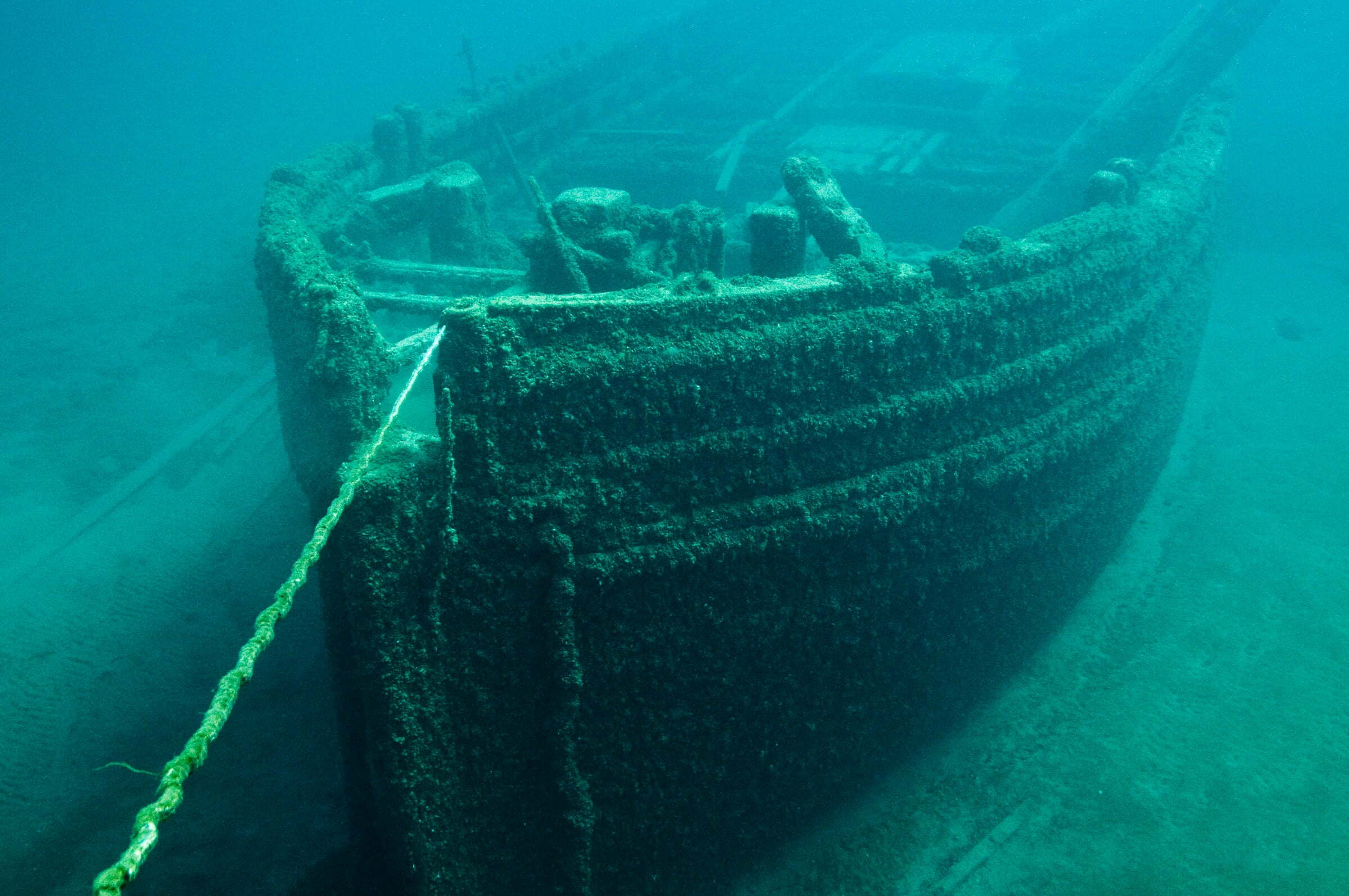New Digital Scans Of The Titanic Reveal Not-Seen Views Of The Iconic Shipwreck
New Titanic images reveal previously unseen views of the shipwreck and may shed new light on how the iconic liner sank more than a century ago.

Deep sea mapping was used to create the first full-sized digital scan of the ocean liner’s wreckage, which sits 12,500 feet below water on the seabed of the Atlantic Ocean.
Analysts expect the photographs to shed light on how the Titanic went down on April 15, 1912, after colliding with an iceberg during its fateful maiden voyage.

The accident, immortalized in popular culture through documentaries, novels, and a Hollywood film, killed over 1,500 persons, accounting for nearly 70% of the ship’s passengers and crew.
Magellan Ltd, a deep-sea mapping business, carried out the scan last year in collaboration with Atlantic Productions, a London-based company that is presently producing a film about the operation.

“I felt there was something much bigger here that we could get from the Titanic,” Anthony Geffen, the CEO of Atlantic Productions, said. “If we could scan it, if we could capture in all its detail… we could find out how it sank and how the different parts of the boat fell apart and we can find a lot of personal stories down there as well.”
The scan gives a three-dimensional perspective of the whole wreckage, allowing the ship that was previously touted as “unsinkable” to be viewed as if the water had been drained away.
While the Titanic has been thoroughly inspected since its discovery in 1985, the sheer magnitude of the ship meant that, previous to the digital scan, photographers could only record the deteriorating debris in images.

Small submersible boats, remotely operated by a crew on board a specialized ship, analyzed the whole wreck for more than 200 hours. The crew photographed the boat from every aspect, resulting in a precise 3D recreation.
The rusted debris is divided into two halves, with the bow and stern separated by almost 2,600 feet in different directions. A massive field of debris surrounds the damaged vessel.
The distinctive bow is readily identifiable despite being submerged for nearly a century.
Among the wreckage around the ship are exquisite metalwork from the ship, figurines, and unopened champagne bottles.
There are also personal belongings, such as dozens of shoes.
According to Geffen, the digital image comes at a vital moment as the Titanic continues to degrade.
“What we now have for the historical record is, before it falls apart, literally a record of everything to do with the wreck of the Titanic, which will be around forever,” he said.
Disclosure: This post may contain affiliate links, which means that DIVEMONDO may receive a small commission if you make a purchase using these links. As an Amazon Associate this website earn from qualifying purchases.












Leave a Reply